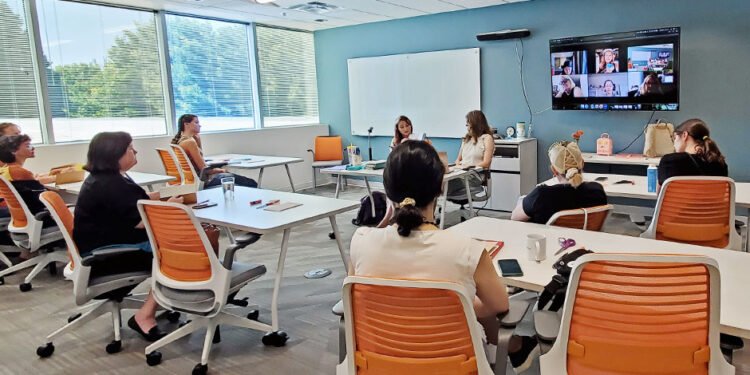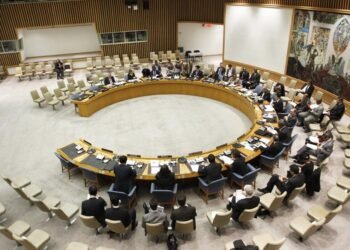For many businesses, property is one of the biggest expenses on the balance sheet. Yet, it’s surprisingly common for large sections of office floors, retail units, or warehouses to go underused, or worse, remain completely vacant. This is where solutions like warehouse partitioning systems come into play, enabling dynamic and efficient space utilization. In an era where efficiency and adaptability are key to growth, the question every business leader should ask is: Are you truly utilizing your business space to its full potential?
The Hidden Cost of Underused Space
Unused or poorly managed areas in a property don’t just represent lost opportunities—they also carry significant costs. Maintenance, utilities, and business rates continue to apply, even when parts of a property are sitting idle. Over time, this adds up to a considerable financial drain. Exploring strategies to reduce business rates with Inver is one way companies can better manage these overheads while rethinking how to use their space more effectively.
Repurposing for Productivity
One of the simplest ways to maximise value from business space is repurposing. A vacant meeting room might be reconfigured into a collaborative working hub, while unused storage areas could be adapted into staff wellness zones or training facilities. By aligning space with current business needs, rather than letting it gather dust, organisations can increase productivity and improve employee satisfaction.
Flexible and Multi-Use Spaces
Modern businesses thrive on adaptability, and property use should reflect that. Flexible layouts that can serve multiple purposes, such as co-working areas, hot desks, or event spaces, help companies stay agile. This is particularly effective in uncertain markets, where the ability to pivot space usage quickly can offer a major competitive advantage.
Turning Vacancy into Revenue
When larger areas remain unused for extended periods, businesses can generate revenue by offering them for temporary or third-party use. Pop-up retailers, local events, or short-term subletting arrangements can all provide financial returns while keeping the space active. This not only offsets costs but also builds visibility and foot traffic around the property.
The Community Connection
Vacant or underused properties can also be repositioned to serve local communities. Offering unused areas for cultural events, non-profits, or educational programmes not only brings positive social value but also enhances a company’s reputation. These community ties often make properties more attractive in the long run, supporting sustainable occupancy and tenant retention.
Smarter Space Through Technology
Digital tools are helping businesses gain a clearer picture of how space is being used. From occupancy sensors to energy monitoring systems, data-driven insights show which areas are thriving and which are wasted. Armed with this information, companies can redesign layouts, reduce costs, and optimise property usage with greater precision.
Wrapping Up
Maximising business space is about more than squeezing desks into empty corners—it’s about thinking strategically, creatively, and financially. Whether by repurposing areas for productivity, creating flexible layouts, generating revenue through third-party use, or adopting cost-saving strategies like ways how to reduce business rates, businesses can unlock the hidden value in their properties.
The result? A workplace or commercial property that works harder, costs less, and adapts better to future challenges.












